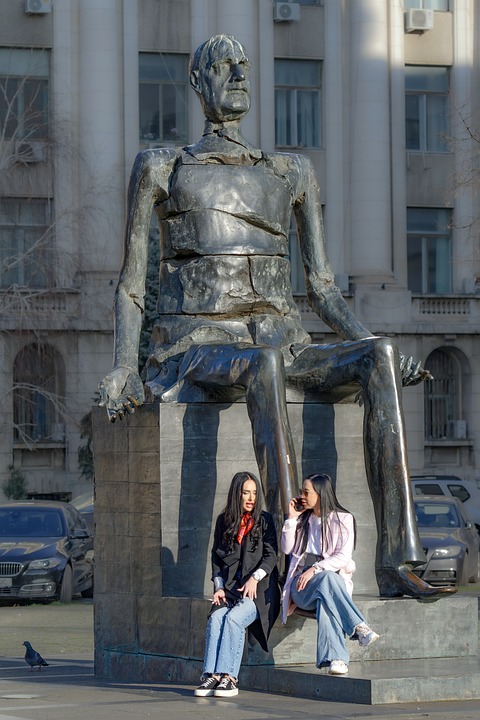In today’s interconnected world, international conflicts have the potential to escalate rapidly and impact the lives of millions. From territorial disputes to ideological differences, the reasons behind these conflicts are complex and multifaceted. However, finding a path to peace is not impossible. By understanding the root causes of these conflicts and implementing effective strategies, it is possible to navigate the turbulent waters of international relations and work towards peaceful resolutions.
Historical Context
To truly understand the nature of international conflicts, it is important to examine the historical context in which they arise. Throughout history, nations have engaged in territorial disputes, power struggles, and ideological conflicts that have often led to violent confrontations. From the World Wars to the Cold War, the world has experienced the devastating consequences of unresolved international conflicts.
Current State
In the present day, the world continues to face numerous international conflicts that threaten global stability. From the ongoing conflicts in the Middle East to the tensions between major powers such as the US, China, and Russia, the international community is constantly facing new challenges. It is crucial for world leaders to address these conflicts in a timely and effective manner to prevent them from escalating further.
Strategies for Resolving International Conflicts
-
Diplomacy: One of the most effective ways to resolve international conflicts is through diplomatic negotiations. By engaging in dialogue and seeking common ground, nations can work towards peaceful resolutions.
-
Conflict Resolution Techniques: Various conflict resolution techniques, such as mediation, arbitration, and negotiation, can be employed to help parties find common ground and reach mutually beneficial agreements.
-
International Organizations: Organizations like the United Nations and the European Union play a crucial role in mediating international conflicts and promoting peace on a global scale. Their influence and resources can be instrumental in resolving conflicts.
- Peacekeeping Missions: Peacekeeping missions can help maintain peace and stability in conflict-affected regions by deploying troops and resources to monitor and enforce ceasefire agreements.
Conclusion
In conclusion, navigating the path to peace in the face of international conflicts requires a multi-faceted approach that addresses the root causes of conflict and seeks innovative solutions. By implementing effective strategies such as diplomacy, conflict resolution techniques, and the support of international organizations, it is possible to work towards peaceful resolutions and prevent conflicts from escalating further. Ultimately, the journey towards peace requires dedication, persistence, and a commitment to finding common ground. Thank you for joining us on this exploration of strategies for resolving international conflicts, and we invite you to continue your journey towards a more peaceful world by exploring further resources on this important topic.









